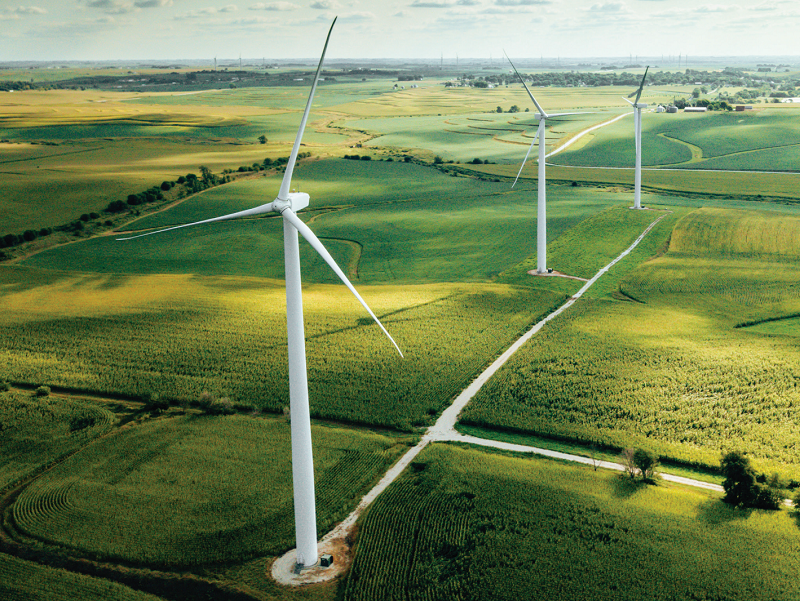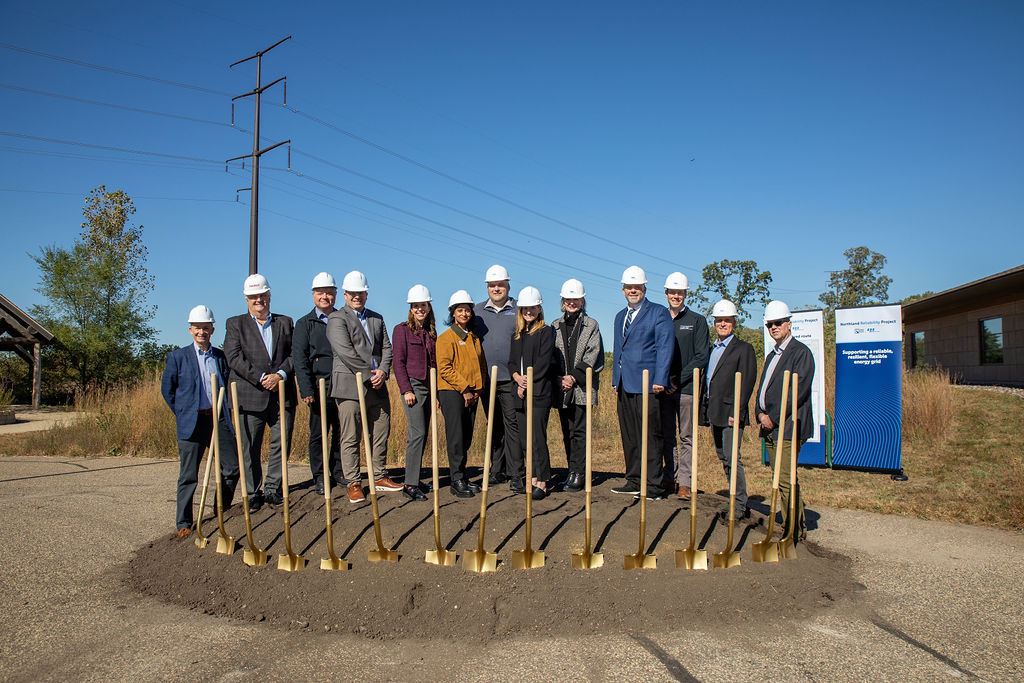Filing with Minnesota Public Utilities Commission lays out pathway to complying with state’s carbon-free standard
Great River Energy filed its 2023 integrated resource plan on March 31 with the Minnesota Public Utilities Commission. The document details the cooperative’s commitment to reliably meet its member-owners’ energy needs in a cost-effective and environmentally responsible way as it continues to adapt to a changing industry and economy.
This filing comes at a pivotal moment for Minnesota electric utilities, as it represents the first plan filed under the Minnesota carbon-free standard. The standard, which became law in February, requires electric utilities to serve 100% of retail electric sales without carbon dioxide emissions by 2040. This filing is also noteworthy for consideration of the new increased renewable energy standard, and the MISO seasonal resource adequacy construct.
Great River Energy’s portfolio of renewable resources combined with the ability to retire renewable energy credits to satisfy the carbon-free standard puts Great River Energy in strong position to achieve the standard.
Great River Energy projects that it will not need to add power supply resources that emit carbon dioxide during the 15-year planning period covered by the integrated resource plan.
“As we look ahead, we currently anticipate only adding renewable energy and energy storage resources,” said Great River Energy Resource Planning Director Zac Ruzycki. “Our integrated resource plan shows that Great River Energy is on a trajectory to meet or exceed all requirements currently in state law, with our current and contracted future renewable resources.”
Great River Energy anticipates that by 2035 its retail electric sales will be provided by a 90% carbon-free power supply in alignment with the Minnesota carbon-free standard, and its power supply will be 90% decarbonized from 2005 levels.
The filing of the integrated resource plan is the culmination of a several-year process that included research, power supply modeling as well as extensive outreach with energy stakeholders and Great River Energy’s member-owner cooperatives.
A decade-long evolution
Great River Energy has been thoughtfully planning and executing the transition of its power supply portfolio for more than 10 years.
The cooperative exited a contract for half the output of a Wisconsin coal plant in 2015, retired the coal-based Stanton Station power plant in 2017 and sold the coal-based Coal Creek Station power plant in 2022 while adding several cost-effect wind energy projects. Great River Energy is also transitioning its Spiritwood Station power plant from a coal-burning facility to a co-fired natural gas and coal generator.
Great River Energy has power purchase agreements for the output of nine wind facilities located throughout Minnesota, Iowa and the Dakotas. The most recent additions, Buffalo Ridge and Deuel Harvest wind farms, added 300 megawatts (MW) of nameplate generating capacity at the start of 2023. Great River Energy has executed agreements for more than 800 MW of additional wind that will be commercially operational by the end of 2025.
Great River Energy’s current portfolio is a balanced and cost-effective mix with three main components:
- Wind power purchase agreements: Great River Energy has over 1,800 MW of competitive wind contracts as a source of carbon-free energy and a hedge to the wholesale energy market.
- Peaking generation: Great River Energy has 1,400 MW of reliable and flexible natural gas peaking capacity in Minnesota. Much of that generating capability is backed up with on-site fuel oil, which is critically important for winter reliability.
- Capacity and energy hedge contract: Great River Energy purchases capacity and an energy hedge from the entity that purchased a coal-based power plant from Great River Energy in 2022. The purchase amount is currently 550 MW and will step down in increments until the contract expires in 2031.
Great River Energy’s portfolio depends on ready access to the electricity market, which plays the essential roles of allowing the free flow of energy across state lines and providing the ability to purchase capacity as needed.

 " data-object-fit="cover">
" data-object-fit="cover">